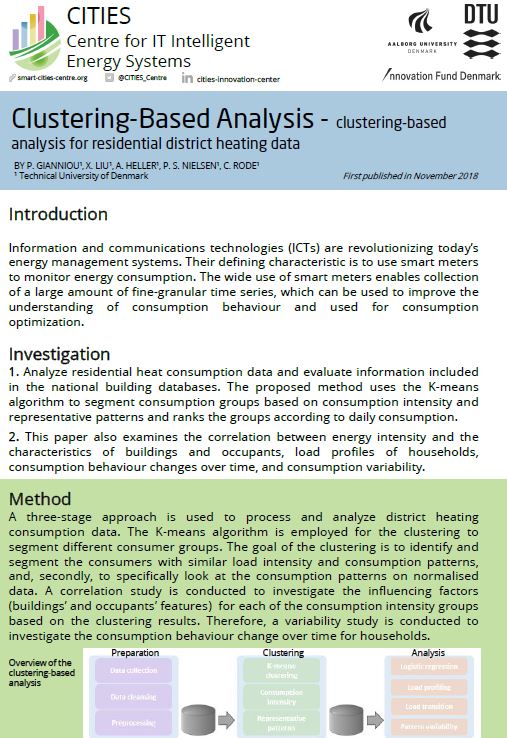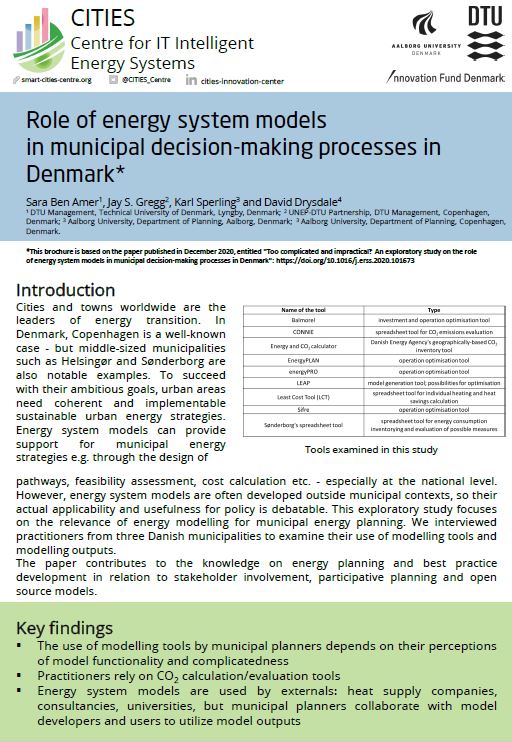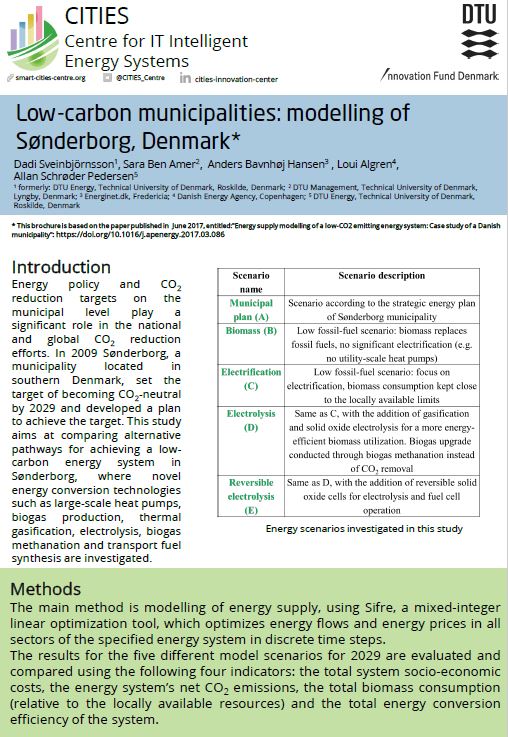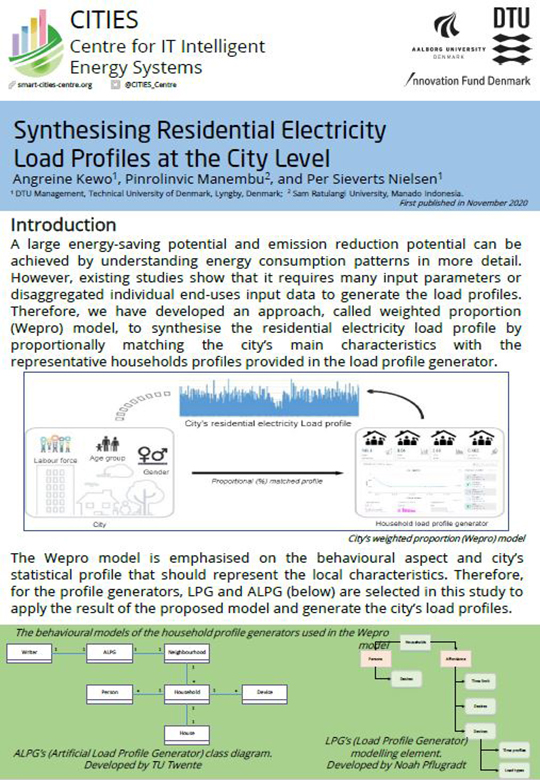Demo case: Thermal mass for energy storage: Impacts and perspectives on a system scale
Denmark is a well-known country for its eagerness to achieve zero carbon energy supply by the year 2050. Fully renewable power and heating sectors should be achieved even before that. Currently, Denmark already produces more than 40% of its electricity power from wind turbines while the share of renewables in the energy sector as a whole is 27%. On the other hand, transition of the energy sector towards a sustainable one is sometimes hard to impose from the national level as this may cause resistance from people at the local level. Hence, actively involving local population in the transition is one logical step towards achieving an even larger share of renewables in the energy sector.
One municipality that suits well to the latter reasoning is Sønderborg municipality, located in Southern Denmark. The Municipality of Sønderborg sets an ambitious goal of becoming carbon neutral by the year 2029. In order to facilitate this transition, ProjectZero has been established to coordinate active participation of different stakeholders.
Sønderborg Fjernvarme is the operator of the district heating system in the city of Sønderborg. Hence, their involvement in this demo-project will bring additional knowledge about the present operation of the district heating grid, as well as important insights into the heat demand of the local area, which would otherwise be missing.
In this demo case the CITIES project want to assess or activate/utilize the thermal energy storage potential of different building archetypes, calculate the potential of thermal mass as a storage component on the system scale and assess the impact of utilizing this storage capacity in the energy system as a whole.
Furthermore, special attention will be paid to assessing the possible increase in the integration of renewable energy sources into the power and heating sectors, reduction in CO2 emissions, as well as increased energy supply security. Possibly, successful results obtained from the model could be applicable to other Danish district heating systems too.





